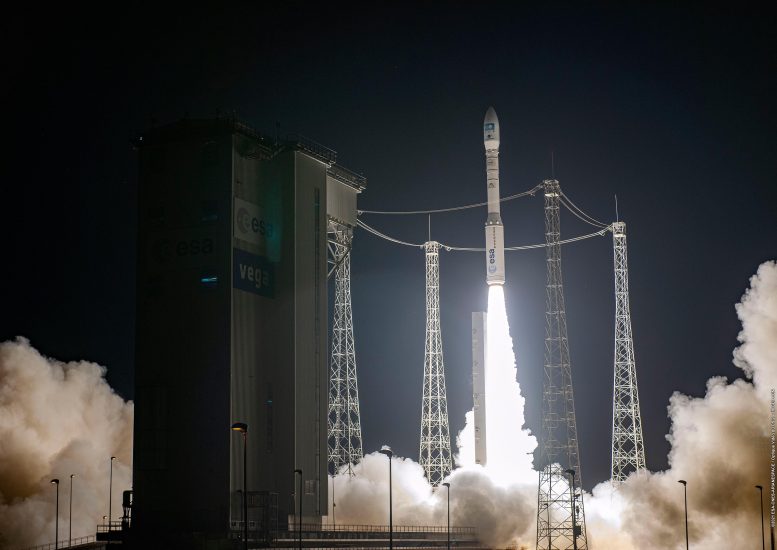
On April 28, 2021, Vega lifted off from Europe’s Spaceport in French Guiana on flight VV18 to deliver into two separate orbits the Earth observation satellite Pléiades Neo-3 and five auxiliary payloads. Credit: ESA/CNES/Arianespace
Liftoff of Vega from Europe’s Spaceport in French Guiana came at 02:50 BST on April 29 (03:50 CEST; 22:50 local time on April 28) to deliver Pléiades Neo-3 and five auxiliary payloads into their respective orbits.
On this flight, Vega made use of part of its ESA-developed Small Spacecraft Mission Service (SSMS) multiple payload adapter. The SSMS is a modular lightweight carbon-fiber structure, which can accommodate multiple light satellites with a mass of 1–500 kg (2.2 – 1,100 lb).
The flexibility of the SSMS system allows spare capacity on Vega to be used to launch small satellites piggyback to the main customer payload. Using more than one burn of the upper stage means that they can be delivered into different orbits too.
Europe’s first use of the SSMS was a rideshare mission in September last year, carrying 53 small satellites. This demonstrated Vega’s new service to offer affordable routine access to space for multiple light satellites.
With a liftoff mass of 920 kg (2,030 lb), Earth observation satellite Pléiades Neo-3 was the first to be released into its target Sun-synchronous orbit about 54 minutes into the mission.
This was followed about 47 minutes later by the coordinated release of Norway’s Norsat-3 microsatellite and four CubeSats: Bravo, two Lemur-2 satellites and Tyvak-128A.
Complying with debris regulations to help keep space clean, Vega’s upper stage fired a final time to ensure direct reentry and burn up high in the atmosphere over the ocean.
The Vega launch system is Europe’s way of launching light satellites to multiple orbits in a single launch. Following the loss of Vega’s previous mission, flight VV17, an Independent Inquiry Commission appointed by Arianespace and ESA, formulated a road map for a robust Vega return to flight.
Avio, the industrial prime contractor for the Vega launcher, under the direction of Arianespace and ESA followed all recommendations on launch vehicle production and launch preparations. Today’s flight VV18, represents a successful return to operations of Vega.
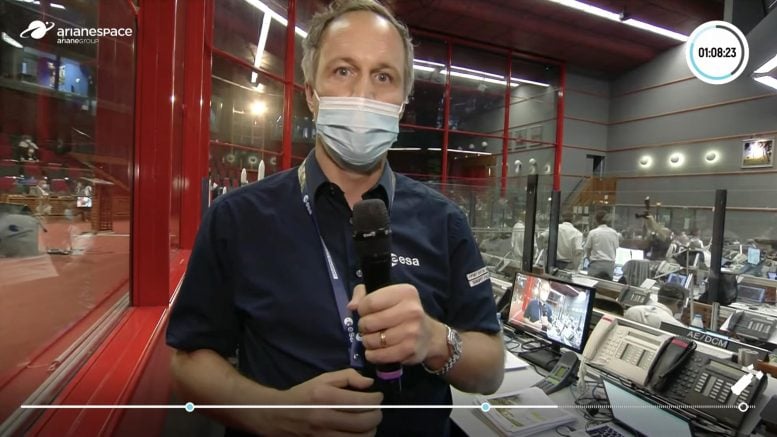
Daniel Neuenschwander, Director of Space Transportation at ESA was at Europe’s Spaceport for Vega’s return to flight on 28 April 2021. Vega lifted off on flight VV18 to deliver into two separate orbits the Earth observation satellite Pléiades Neo-3 and five auxiliary payloads. Credit: ESA
“I’m pleased to see Vega is back in business and thank our teams in ESA, together with Arianespace, Avio, and suppliers for their hard work to arrive at this point. This flight shows Vega’s versatility. It delivered one main satellite and made use of spare capacity to deploy five additional satellites to a separate orbit,” commented Daniel Neuenschwander, Director of Space Transportation at ESA.

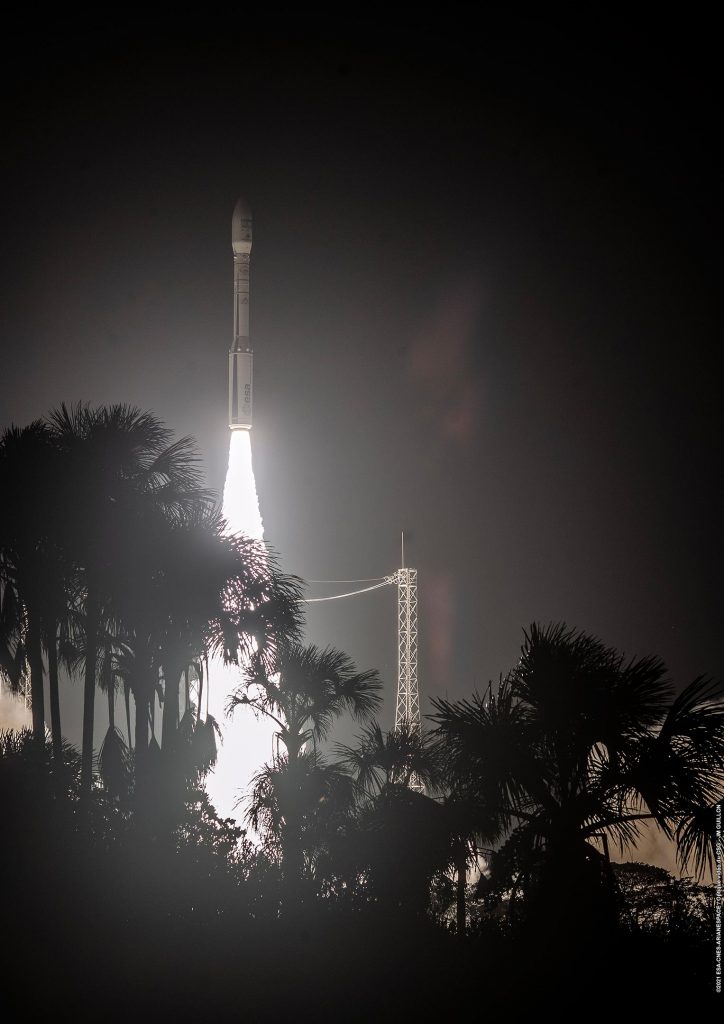
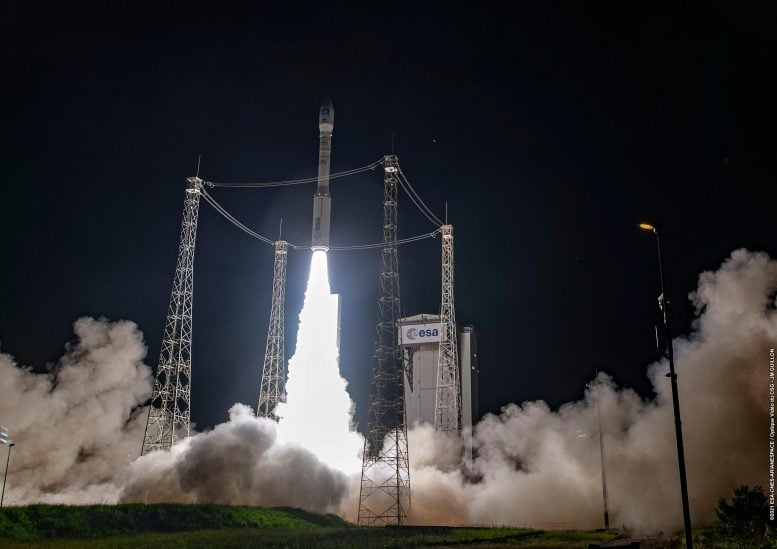
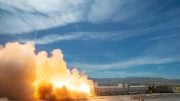



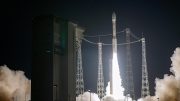

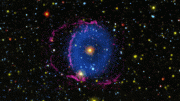

Be the first to comment on "Vega Rocket Returns to Service With Successful Launch of 6 Satellites"